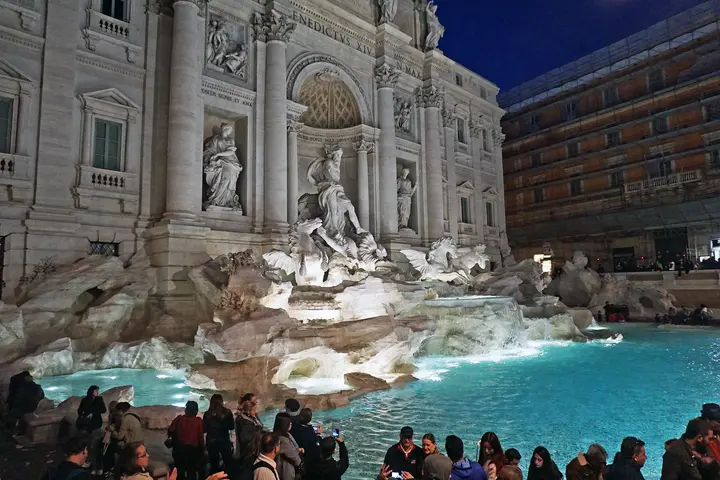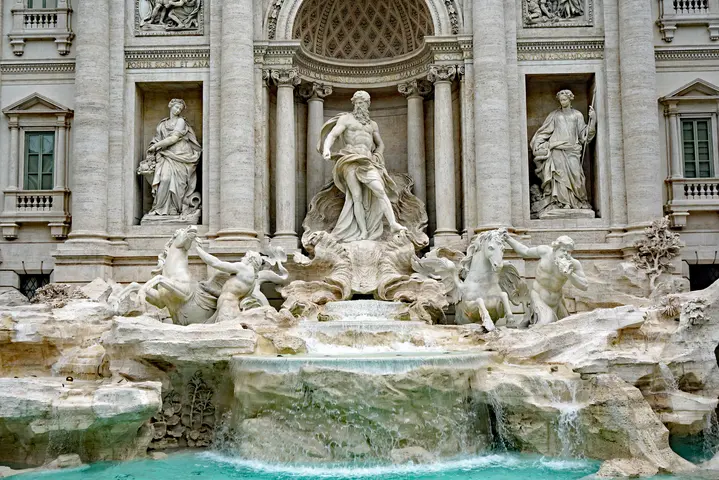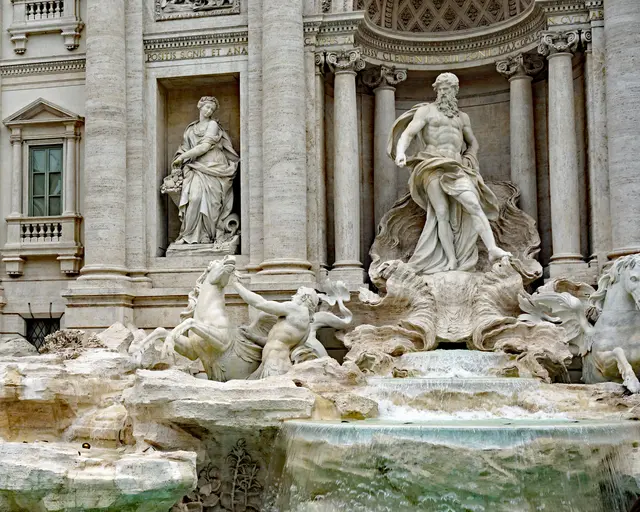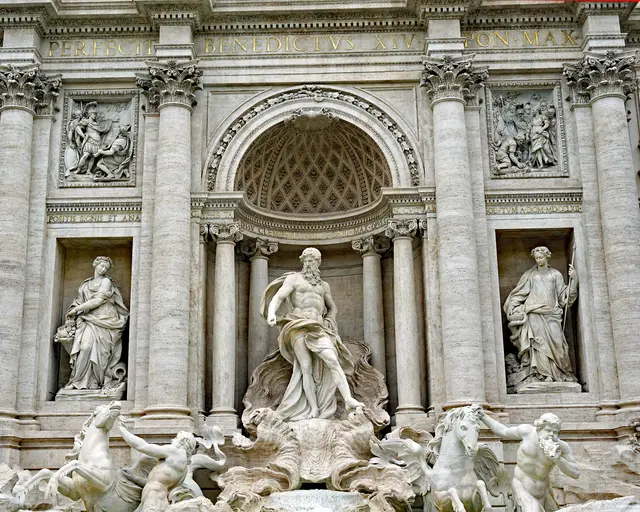Trevi Fountain
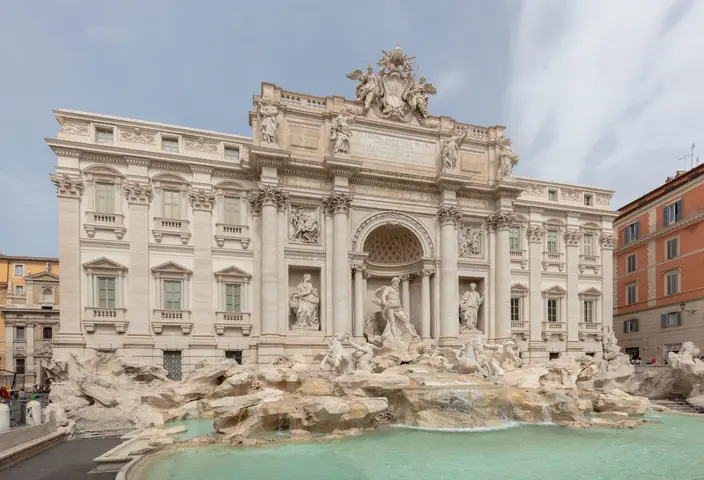
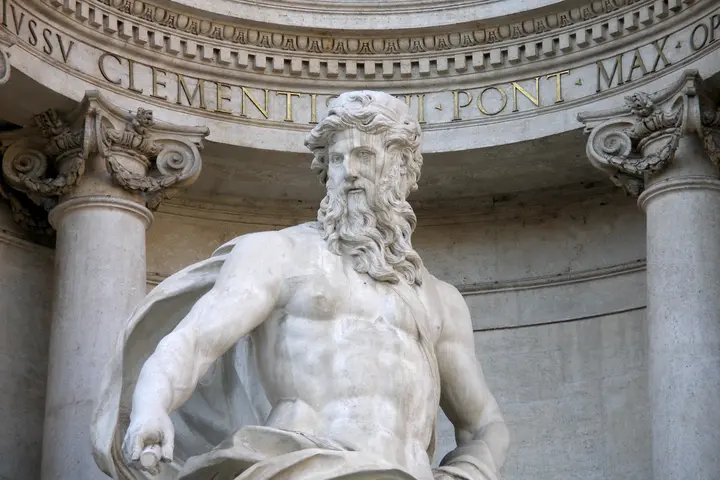
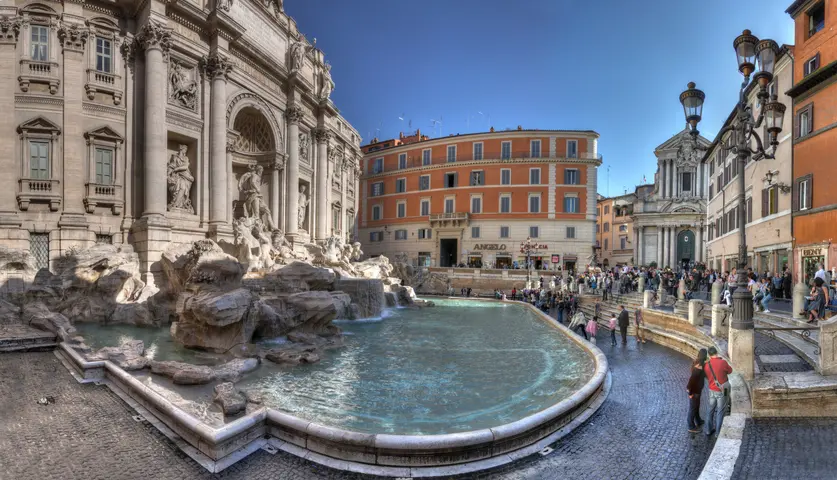
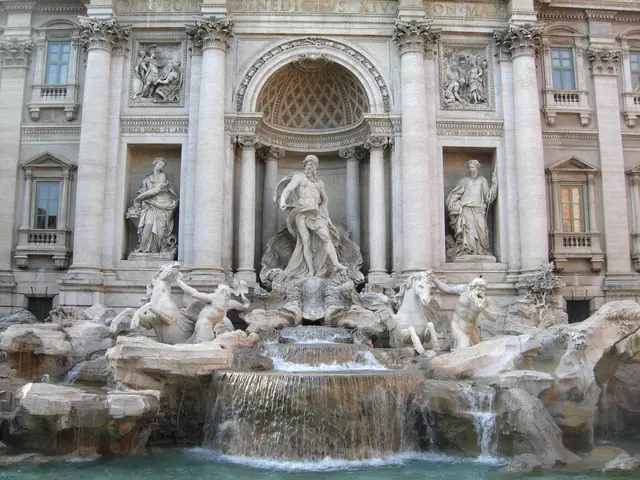
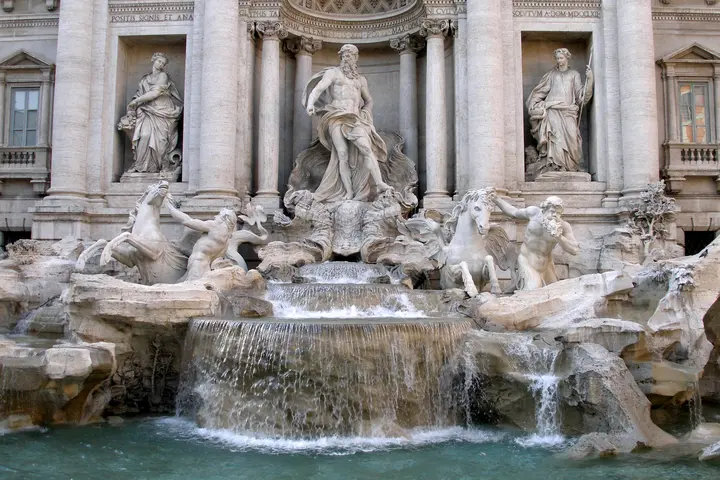
Introduction
The Trevi Fountain in Rome is far more than a beautiful backdrop. It flows with stories of ancient engineering, Baroque drama, and timeless traditions. Whether remembering your first coin toss or visiting for the first time, we can all share in the magic that draws countless dreamers to its sparkling waters. Let’s dive into the lively journey of this extraordinary Roman monument together.
Historic Highlights
🔱 Ancient Waters, Timeless Flow
The Trevi Fountain in Rome stands where the Aqua Virgo aqueduct, completed in 19 BC, once brought water into the city. According to legend, a maiden led Roman soldiers to the source—a story etched in stone above the fountain today. For centuries, local women washed clothes and drew drinking water from this site, making it a daily gathering spot for Romans. In fact, Vatican servants once carted barrels of Trevi’s water to the Pope’s table, famed for being the “softest and best tasting.”
“Magistrally fuses history and nature in a dialectical relationship.”
— Contemporary observer, 18th century
🏛️ Baroque Spectacle and Rivalry
By the 18th century, Trevi’s humble fountain transformed into a theatrical Baroque monument under the patronage of popes and the vision of architect Nicola Salvi. Funded through papal coffers, taxes, and even a lottery, its construction took over three decades, blending the palace facade with a triumphal arch and roaring cascade. The main sculpture features Oceanus, flanked by Tritons and horses symbolizing the sea’s wild and calm sides. Townsfolk whispered that a spiteful barber criticized Salvi’s work so relentlessly that a giant stone vase—the “Ace of Cups”—was placed to block the barber’s view, a Baroque joke carved in stone.
“Perfecit Benedictus XIV Pont. Max.” – Pope Benedict XIV made it perfect (completed it)
— Latin inscription, 1762
💧 Legends, Rituals, and Lively Lore
Trevi Fountain is famous for its coin toss tradition: throw a coin with your right hand over your left shoulder and you’ll be sure to return to Rome. Up to €3,000 in coins are collected daily, all helping local charity. Another endearing ritual once saw lovers sipping from the “Fontanina degli Innamorati”—if they drank together, their bond was believed unbreakable. These customs, along with playful tales like the coin-stealing “D’Artagnan,” make Trevi feel like a living part of Rome’s story.
🛠️ Resilience Through the Ages
The fountain has faced weathering, pollution, and even bold acts of protest—like the day activists dyed its waters red. Recent restorations, including a major effort sponsored by Fendi in 2014–15, cleaned the stone, updated lighting, and reinforced its structure, keeping the fountain “shining” for future generations. Officials continue to balance open access with careful stewardship, especially as Trevi welcomes millions of admirers each year.
💡 Visitor Tip
Try arriving early in the morning to see the Trevi Fountain at its quietest—and don’t miss the little “Lovers’ Fountain” on the right side for a sip of its legendary water.
Timeline & Context
Historical Timeline
- 19 BC – Aqua Virgo aqueduct completed under Agrippa, supplies water to the area.
- Medieval era – Site hosts a modest fountain, referenced as Regio Trivii.
- 1453 – Pope Nicholas V restores the aqueduct; Alberti designs a new fountain.
- 1560–1569 – Della Porta repairs aqueduct and enhances the fountain under Pope Pius IV.
- 1629–1644 – Pope Urban VIII and Bernini envision Baroque redesign; only partial work realized.
- 1732–1751 – Pope Clement XII launches competition; Nicola Salvi’s design chosen and construction begins.
- 1751–1762 – Salvi dies; Pannini and Clement XIII complete the fountain. Inaugurated in 1762.
- 1989–1991 – Major restoration cleans, repairs, and upgrades plumbing.
- 2014–2015 – Fendi-funded restoration renews stonework and lighting.
- 2024 – Extraordinary maintenance prepares for Jubilee 2025.
From Ancient Utility to Urban Marvel
The Trevi Fountain’s continuity as the endpoint of the Aqua Virgo aqueduct powerfully illustrates Rome’s layered history, bridging imperial engineering and the Baroque obsession with spectacle. The original aqueduct, commissioned by Agrippa, fed public baths and fountains, underscoring water as both necessity and civic pride. By the medieval era, the modest fountain at Trevi was already part of Rome’s landscape, proof of the city’s long appreciation for public waterworks.
Renaissance and Baroque Transformation
Papacy-led revivals in the 15th and 16th centuries elevated the fountain’s status, linking Renaissance ideals of antiquity, utility, and beauty. As Rome’s thirst for grandeur grew, so did the ambition for an awe-inspiring fountain. Bernini’s early Baroque intervention in the 17th century—though incomplete—introduced theatricality and integration with urban space, marking a key evolution in Rome’s approach to public monuments.
Civic Competition and Local Identity
The 18th-century transformation under Clement XII and Salvi emerged from a vibrant competitive culture among architects and intense local pride. The legend of the Tuscan architect’s loss to Salvi—even if apocryphal—reflects Roman insistence on local representation. Myth and rivalry, like the “spiteful barber,” express how neighborhood identity shaped grand projects, connecting everyday Romans to monumental achievements.
Allegory, Iconography, and Urban Meaning
Trevi’s iconography merges allegory—Oceanus, Abundance, Health—with direct references to the city’s engineering prowess, fusing nature and history in Baroque fashion. Relics of the aqueduct legend above the arches root the monument in local myth. The use of travertine and Carrara marble ties the fountain physically and symbolically to Rome’s wider architectural tradition.
Socio-Cultural Impact: Rituals and Charity
Throughout its modern existence, Trevi has been both spectacle and community gathering place. Rituals such as coin tossing and lovers’ oaths at the side spout layer new meanings onto old stone. The fountain’s practical past—as a drinking source or a stop for workhorses—evolved into an engine for charitable giving, as coins tossed for wishes are now collected for the needy.
Preservation, Overtourism, and Urban Challenges
The care of Fontana di Trevi highlights ongoing challenges in balancing heritage conservation with urban life. From intricate restoration methods addressing stone decay and iron corrosion to debates over crowd control and visitor management, the fountain is at the heart of contemporary questions facing historic sites. Recent environmental protests and city-sponsored maintenance anticipate future resilience amid climate shifts and record tourism.
Comparative Perspective: The Essence of Roman Fountains
Comparing Trevi to fountains like the Moses Fountain and the Fountain of the Four Rivers reveals its hybrid character—uniting civic utility, Baroque theatricality, and papal messaging. While earlier “triumphal arch” fountains prioritized order and biblical narrative, Trevi brought nature’s unpredictability and mythic storytelling to life on a monumental scale. It stands as the culmination of cycles of renewal and innovation, reflecting the perennial Roman aspiration to reshape the city’s historical core while celebrating its ancient roots.
